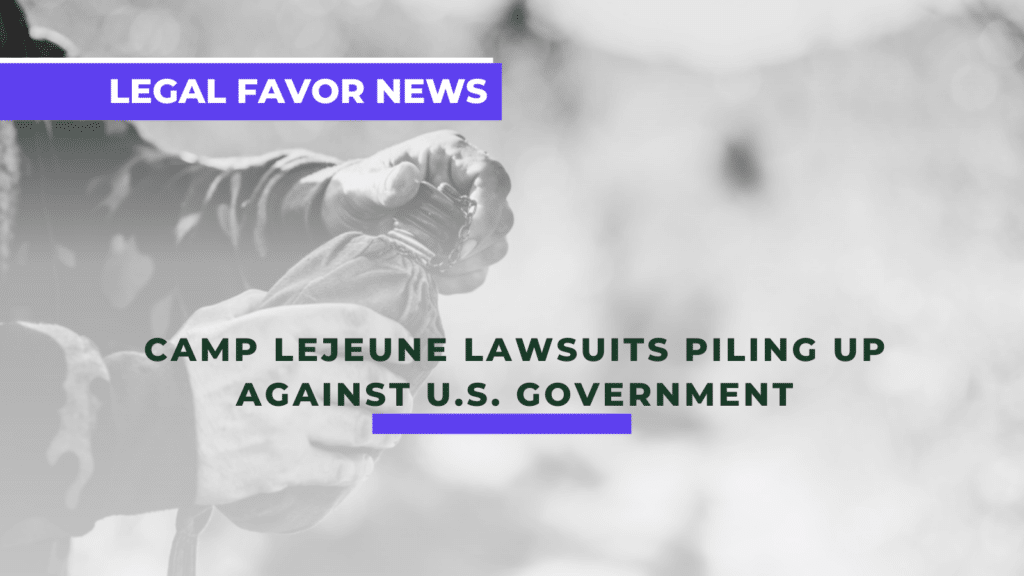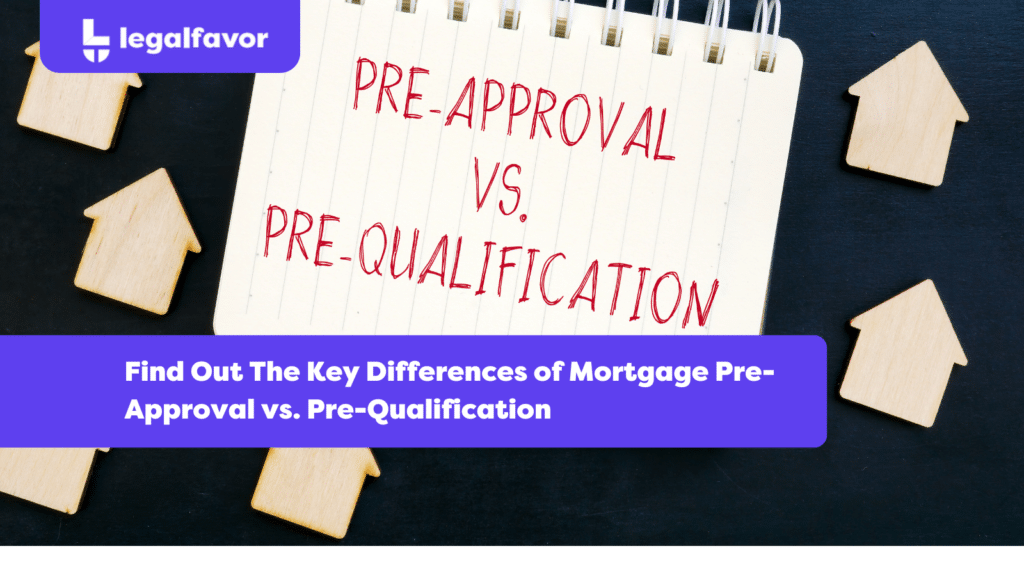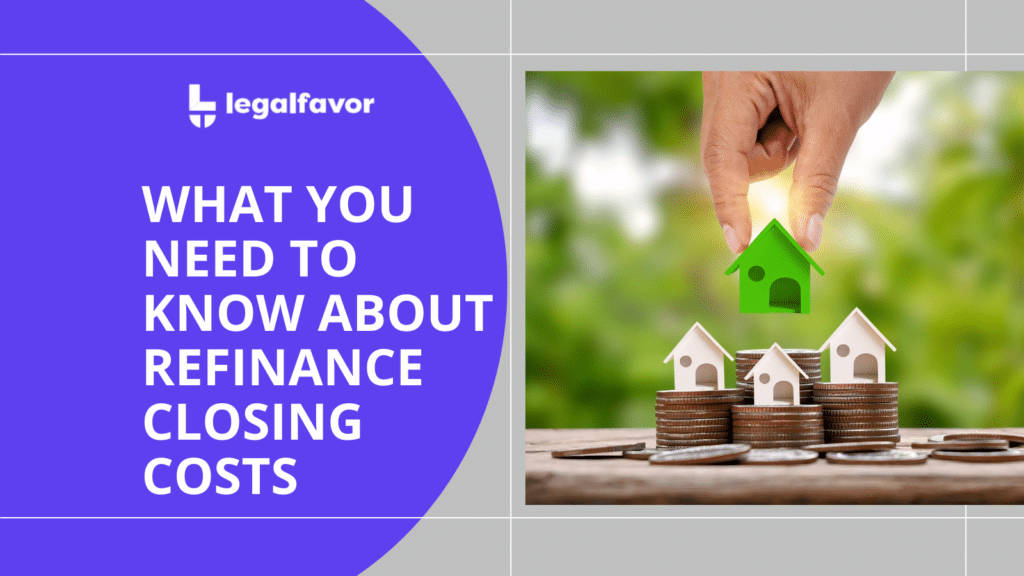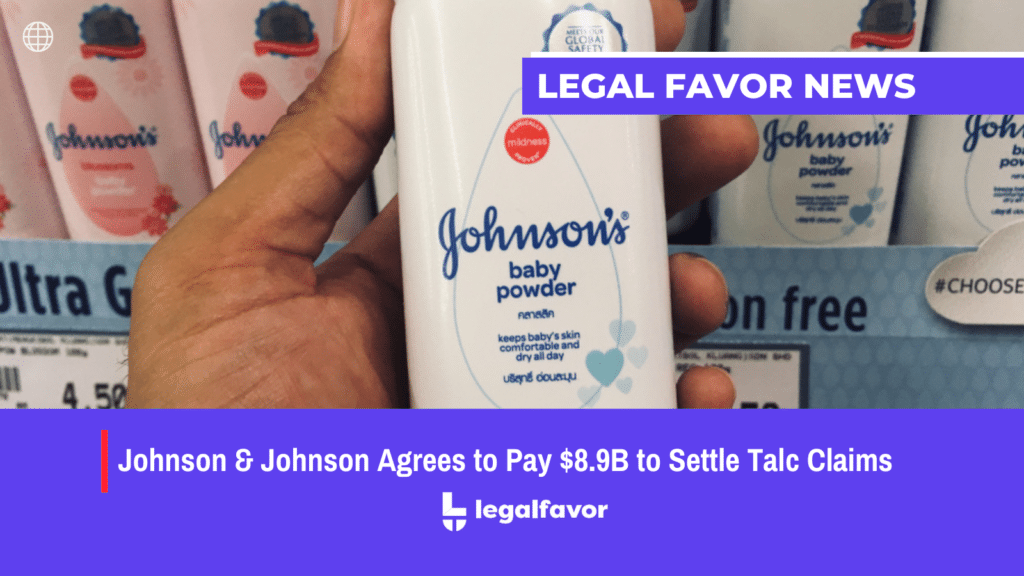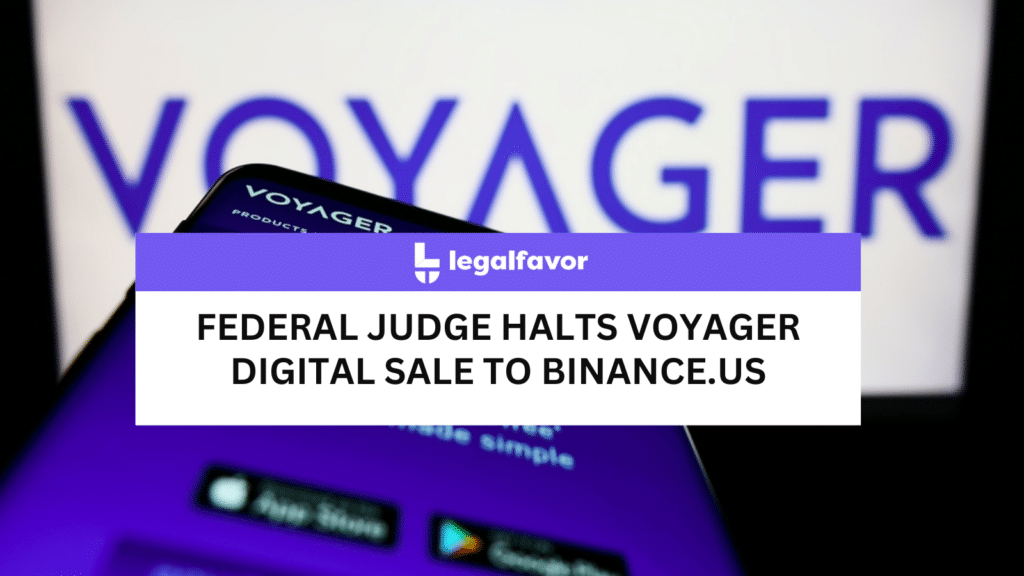Under the statute 35 U.S.C. section 271, there is the enumeration of conduct that is considered infringing, and there is also the enumeration of conduct that is not considered infringing. Specifically, the following actions will be categorized as some form of infringement. (1) Anyone who makes, uses, offers to sell or sells any patented invention domestically. (2) Anyone who imports a patent invention into the US during the term of the patent. (3) Anyone who actively induces someone else to infringe the patent. The statute also mentions a concept called contributory infringement. This essentially includes anyone who offers to sell, sells, or imports a material component of something that is patented, with the knowledge that the component was made for use. That said, let’s take a look at the details of patent infringement in the U.S.
General Overview Of Patent Infringement
In order to enforce a patent infringement claim, the owner will generally sue the infringer in a civil lawsuit. This in turn involves a two-step process by the court. The first step is called claim construction and involves looking at the language of the claim in order to ascertain its written description, the history of patent prosecution, and any evidence necessary for understanding the patent.
In the second step, the court will look at whether the device actually infringes the claim. Specifically, each element of the patent will be compared with the invention that is claiming to be infringed. One important issue is whether any of the differences are “insubstantial.” This legal analysis is done via the triple identity test. Specifically, the difference will be insubstantial if:
- The feature performs substantially the same function
- In substantially the same way
- Yields substantially the same outcome as articulated in the patent claim.
Time Limits In Patent Infringement Cases
First of all, the patent must be active at the time of the alleged infringement in order to form a basis of action. The amount of time a patent will last depends on what type of patent it is. Utility patents usually last approximately 20 years. On the other hand, design patents and plant patents are usually shorter.
Another very important deadline is the statute of limitations provided by Section 286 of the Patent Act. Specifically, the owner of the patent has six years after the alleged infringement occurs to file their case. It is also important to note that the infringer cannot use the doctrine of laches to dismiss the case. This doctrine states that a plaintiff cannot take so long as to bring a claim because it can undermine the defendant’s ability to defend such a claim.
How Damages Work
If the plaintiff and defendant decide not to go to trial, both the parties will usually negotiate a settlement. However, if the parties do go to trial, and infringement is found, the plaintiff can expect to receive damages. The legal framework for damages in patent infringement cases is provided by Section 284 of the Patent Act. The statute specifies that these damages are available only if the patent owner defeats any defenses raised by the alleged infringer. If the case is heard by a jury, the jury itself can determine the extent of damages. However, if there is no jury, the judge will the determiner of damages.
The two principal kinds of damages that are awarded in these types of cases are:
- Reasonable royalties
- Lost profits.
The former refers to the fair market value of the license that the infringer would have purchased from the patent owner if the intellectual property had been dealt with legally. The latter refers to compensation given to the patent owner for any money would have made if not for the infringement. For example, the patent owner may want to prove that the patent would have solidified a difference from a competitor’s product, giving it more legitimacy, hence resulting in more profits if the patent was not infringed.
Another common type of recourse is called “injunctive relief”. An injunction is an order by the court that requires someone to do something or stop doing something. If certain requirements are fulfilled, the plaintiff of a patent infringement case may be able to obtain an injunction that orders the defendant to stop the infringement. This is usually the type of recourse used when the patent has sentimental or non-monetary value to the plaintiff, and as such, they do not only want monetary damages. In this context it is important to remember that an injunction is NOT a substitute for damages, meaning money can still be obtained in addition to an injunction.
Alternatives To Litigation
Going to court is an expensive, lengthy, and complicated process. Also, it is a gamble which may result in the plaintiff not getting what they truly wanted. Therefore, one of the best ways to avoid litigation in a patent infringement case involves a negotiation between both sides. If the patent owner has a relationship with the infringer, they may consider an informal negotiation. This would involve sitting down with the other party (and the respective lawyers) to discuss a fair and reasonable settlement. If the owner does not know the infringer, one of the first steps involves sending a demand letter. This letter will usually explain that the patent owner is the true owner of the product and that the alleged infringer should stop using their property (or face legal consequences).
Closing Remarks
In conclusion, patent infringement in the United States can be resolved by either negotiation or litigation. The former involves sitting down with the respective parties and reaching an agreement in a fair and reasonable manner. The latter involves two main steps. The first one is claim construction and the second step involves an analysis of the underlying patent. If litigation is the option chosen, there are some important facts to remember. One of which is the time limits, which will vary depending on the type of patent and also on the words of Section 286 of the Patent Act. It is also important to remember how damages work in the context of patent infringement. Overall, understanding the basics of patent infringement can help a patent owner decide which course of action to take based on their individual circumstances.
